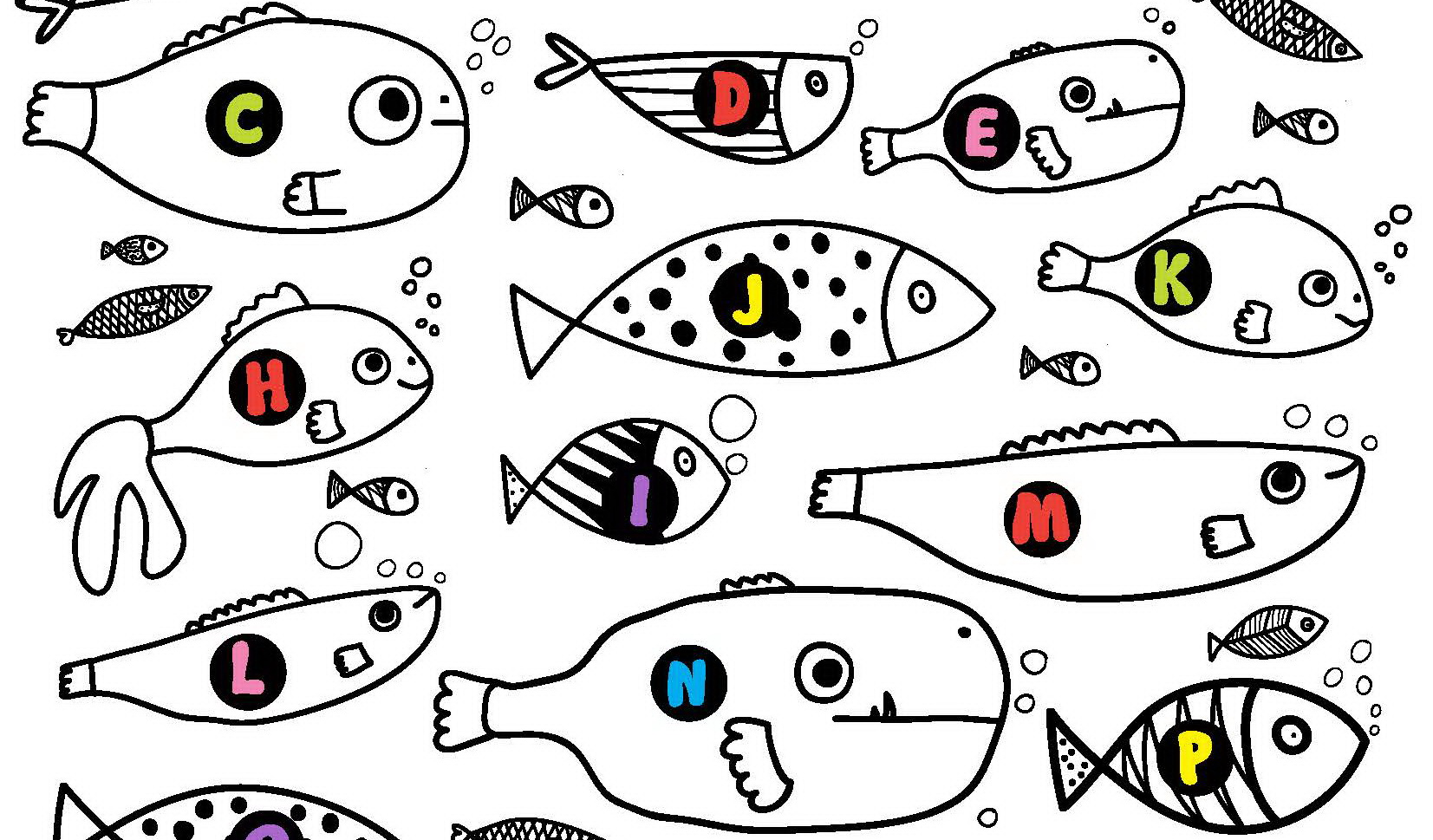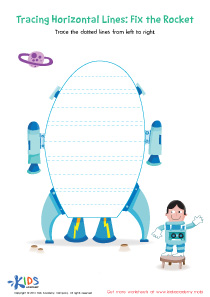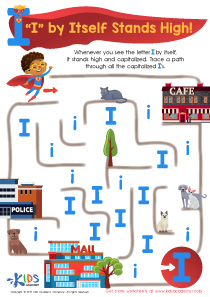Handwriting Skills Normal Letter Recognition Worksheets for Ages 5-8
5 filtered results
-
From - To
Enhance your child's handwriting and letter recognition with our expertly designed worksheets for ages 5–8. Crafted to boost foundational skills, these engaging activities help children confidently identify and form letters. Each worksheet promotes proper pencil control, letter structure, and consistency, ensuring young learners develop efficient handwriting habits. Perfect for both classroom and at-home practice, our collection caters to every child's learning pace. Give your child a head start on literacy with activities that make learning fun and effective. Explore our comprehensive range of Handwriting Skills Normal Letter Recognition Worksheets and watch your child's writing abilities flourish.
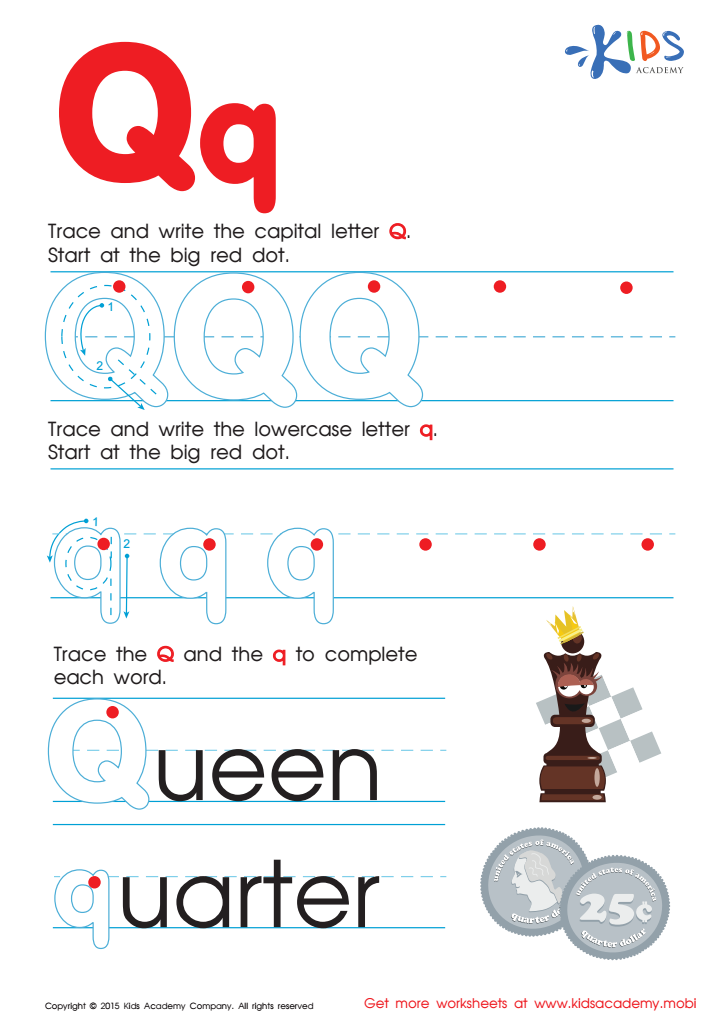

Letter Q Tracing Page
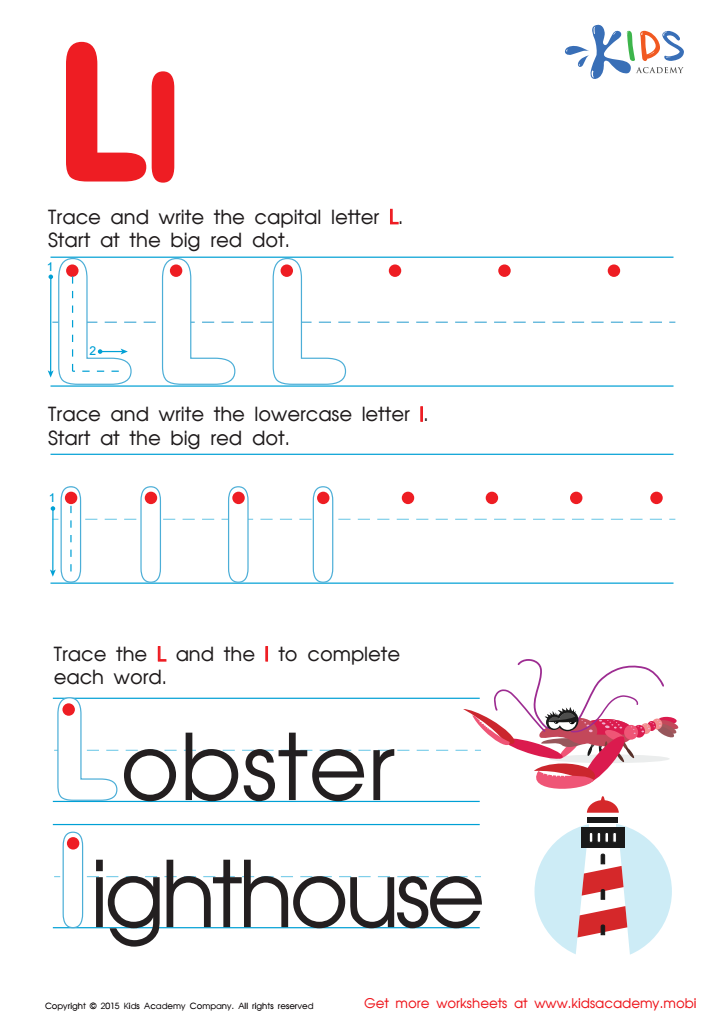

Letter L Tracing Page
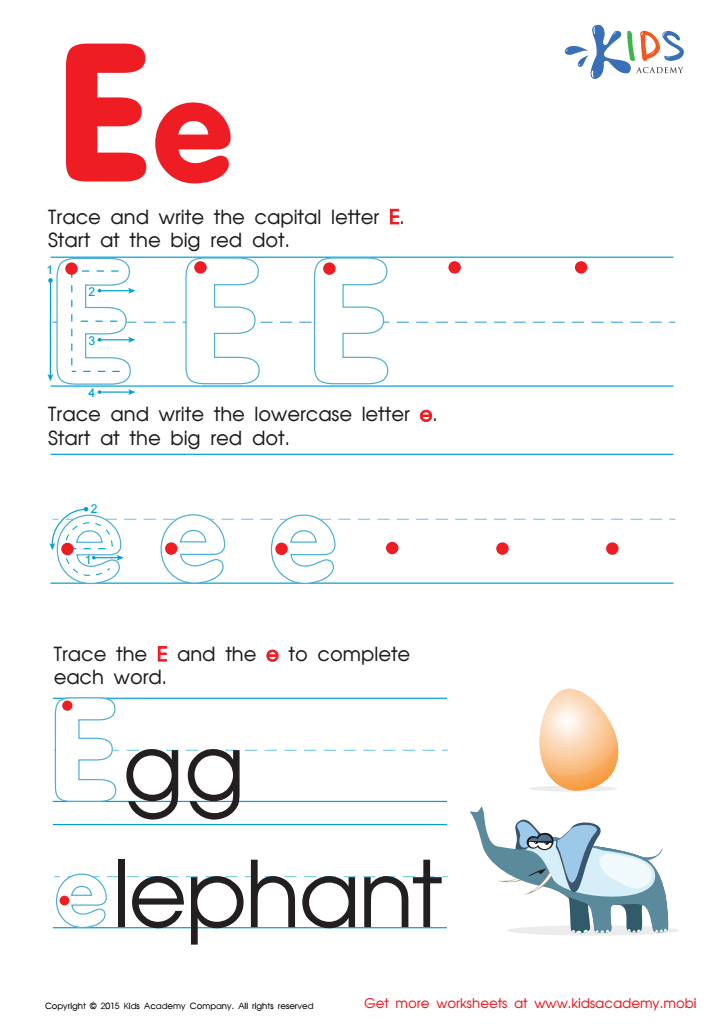

Letter E Tracing Page
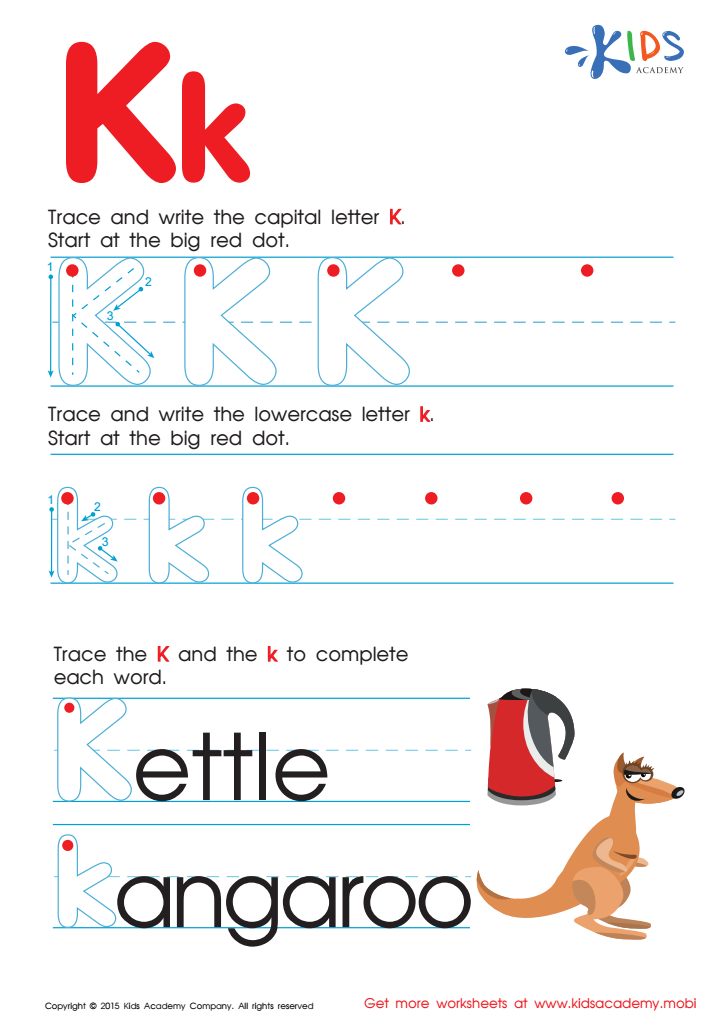

Letter K Tracing Page


Letter F Tracing Page
Handwriting skills and normal letter recognition are crucial for children aged 5-8 as they lay the foundation for literacy and academic success. At this developmental stage, children transition from recognizing letters to constructing written words and sentences, both vital for effective communication. Mastery of handwriting ensures that students can express their thoughts clearly, fostering confidence and encouraging participation in learning activities.
Teachers and parents should care about these skills because they directly impact a child's ability to perform academically. Proper handwriting facilitates better memory retention and understanding of concepts, as the act of writing by hand engages multiple brain regions involved in learning. Moreover, clear and legible handwriting can prevent frustrations related to misinterpretation of work by teachers, thus leading to better feedback and support.
Furthermore, handwriting practice supports fine motor skill development, improves concentration, and promotes patience and perseverance. It establishes lifelong skills essential irrespective of technological advances. Reading and recognizing letters accurately at an early age also strengthen decoding skills, crucial for fluency in reading and effective communication.
In essence, investing time and effort in developing handwriting and letter recognition skills equips children with fundamental tools necessary for their academic journey and overall cognitive development, setting them up for future success.
 Assign to My Students
Assign to My Students






